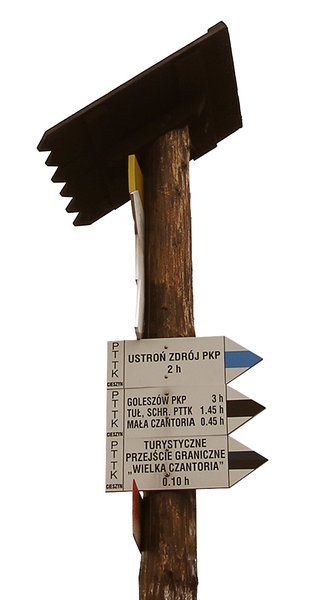With the increasing reliance on digital tools in the courtroom, many new court buildings are equipped with state-of-the-art technology, including courtroom audio systems. With separate systems in its constituent nations and a clear hierarchical structure, the UK judiciary continues to evolve to the changing needs of society while remaining anchored in fundamental legal principles.
For example, some modern courtrooms feature more flexible seating arrangements, where all parties involved in the case – including the judge, lawyers, and defendants – can sit together in a more informal setting.
The UK government has placed a strong emphasis on making sure that all individuals can access court buildings with ease.
In conclusion, the court system in Britain reflect a complex legal heritage shaped by centuries of development. These advancements allow for remote hearings, making it easier for individuals who are unable to attend court in person to participate in proceedings.
Traditional courtrooms are often arranged in a way that emphasizes the formality of the judicial process, with the judge sitting on a raised platform, known as the "bench," and the witness stand positioned prominently in front of the judge. The layout of a court building is also carefully considered in its design.
Modern courts are often organized in a way that facilitates the smooth movement of people through the building. This approach aims to reduce the adversarial nature of the proceedings and make the experience more comfortable for everyone involved.
Whether handling criminal prosecutions, civil claims, or family matters, the courts of Northern Ireland remain vital to upholding justice, safeguarding rights, and maintaining the rule of law for all its citizens. Crown Court trials are typically overseen by a judge and may include a jury of 12 members.
 These features are essential in ensuring that court cases can proceed efficiently and that people are not kept waiting for long periods in uncomfortable conditions.
These features are essential in ensuring that court cases can proceed efficiently and that people are not kept waiting for long periods in uncomfortable conditions.
This includes the use of energy-efficient lighting, as well as the incorporation of sustainable building materials. Green building principles is also becoming an increasingly important factor in the design of law courts in the UK.
This court reviews cases for legal errors and can overturn or affirm decisions from the lower courts.
In the jurisdiction of England and Wales, the legal framework consists of multiple tiers. Magistrates’ Courts deal with less serious crimes, while County Courts handle non-criminal cases such as personal injury claims.
Northern Ireland’s unique political context has had a profound impact on its legal system.
It has a vital role in interpreting legislation and ensuring consistency in legal judgments across the region. That’s where directories like The law firms Society come in.
If you have any sort of inquiries regarding where and the best ways to utilize referrals, you could contact us at the page. The Crown Court in Northern Ireland hears indictable criminal cases, including offences such as assault, robbery, drug trafficking, and murder. England and Wales share a legal system, while Scotland and Northern Ireland maintain independent traditions and procedures.
Appeals from the High Court and Crown Court are taken to the Court of Appeal in Northern Ireland.
As concerns about climate change and environmental sustainability grow, many new court buildings are being designed with a focus on energy efficiency and environmental impact. This includes the use of clear signage to guide people to the right courtroom, as well as the design of waiting areas that are comfortable and functional.
Special courts such as the Diplock Courts were once used to try terrorism-related offences without juries, although these have largely been phased out in favour of normalised legal processes.
The integration of technology is another area that has significantly influenced the design of modern law courts in the UK.
As Northern Ireland continues to evolve, the legal system must balance tradition with modernisation, autonomy with integration, and independence with cooperation.
 People searching for legal help start online. They don’t always know your firm’s name — but they do know what they need. These changes reflect the recognition that courts must be places of equal access for all citizens, ensuring that no one is excluded from the judicial process due to physical limitations.
People searching for legal help start online. They don’t always know your firm’s name — but they do know what they need. These changes reflect the recognition that courts must be places of equal access for all citizens, ensuring that no one is excluded from the judicial process due to physical limitations.
This setup reinforces the authority of the court and the importance of the legal services process. One of the most important considerations in the design of a modern court is accessibility. The use of technology also streamlines the process of presenting evidence, allowing for faster and more efficient trials.
In many new courts, there are dedicated spaces for people with physical disabilities, such as wheelchair-accessible courtrooms, and facilities for those who are hearing or visually impaired.
At the base are the Magistrates’ Courts and County Courts. This includes the addition of elevators, as well as braille materials to help people with disabilities navigate the building. In recent years, however, some courtrooms have been redesigned to foster a more collaborative and less intimidating environment. Sustainable design not only helps to reduce the carbon footprint of the court system but also serves as a symbol of the legal profession’s commitment to addressing broader societal issues.
The UK is made up of four countries: England, Wales, Scotland and Northern Ireland, and each has its own legal system.
These sites guide decisions. The process follows strict legal procedures to ensure fairness and justice.
In addition to the courtroom itself, the overall layout of the court building is designed with the flow of cases in mind.








